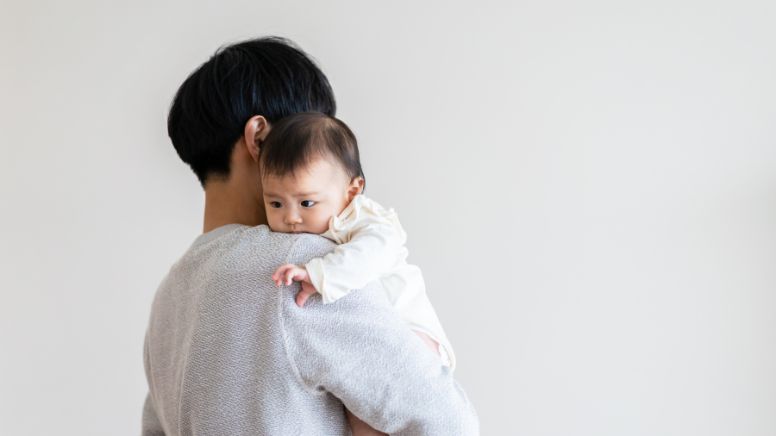Has your union representative made a difference for you and your colleagues? Then you can say thank you by nominating them for the Union Representative of the Year award.
News
Almost 9 out of 10 men take longer parental leave than the earmarked weeks

August 2, 2022 was an important day for new parents. Here, a change to the Danish parental leave rules came into effect, earmarking 11 weeks of parental leave for fathers and co-parents.
FAQ: Parental leave in Denmark
As far as IDA's members are concerned, the earmarking has significantly changed the distribution of parental leave between the parents. Among men who became fathers after 2 August 2022, almost 9 out of 10 are now taking longer parental leave than the 11 weeks earmarked for them. This is the conclusion of a new survey among 2,569 privately employed members who are either on parental leave now, have been on parental leave within the past three years or expect to be on parental leave during the coming year.
Among those who became parents before the earmarking, the fathers took an average of 11.8 weeks of leave and the women 36.7 weeks. When it comes to those who became parents after 2 August, the picture has changed significantly. Here, the fathers and co-parents take an average of 14.5 weeks' leave, while the women take an average of 34.5 weeks.
The men take more than two and a half weeks longer leave with the new rules. At the same time, the women have shortened their leave by more than two weeks on average.
"We knew very well that the movement towards a more equal distribution of parental leave was already underway among IDA's members," says Malene Matthison-Hansen, chairperson of the Council of Employees in IDA, referring to figures from last year, which showed that the male members immediately after earmarking extended their parental leave by more than four weeks on average.
"The purpose of earmarking was precisely to create a more equal parenting and to do away with the old-fashioned belief that parental leave is only for the mothers. The male IDA members have taken the earmarking to heart and are now taking even more parental leave. It's gratifying in every way," she says.
If you zoom in further on the numbers, these changes shine through clearly.
Before earmarking, almost one in five men took between 0-8 weeks of parental leave. This only applies to five per cent. now. At the other end of the spectrum, it was just five per cent. of the fathers who took more than 24 weeks of parental leave before 2 August 2022. That figure has now risen to 13 per cent. Correspondingly, women now take shorter parental leave. Where 28 per cent of the women took more than 42 weeks before earmarking, it is now 16 per cent who take 42 weeks or more.
Malene Matthison-Hansen welcomes the development. She points out that a more equal distribution of parental leave promotes equal pay and equal career choices between the sexes.
"It has a negative impact on women's wage development, lifetime income and pension savings when they take the vast majority of parental leave. It sets them back in terms of salary and career in comparison with the men. When men take a larger share of parental leave, it boosts gender equality when it comes to pay and career opportunities," says Malene Matthison-Hansen.